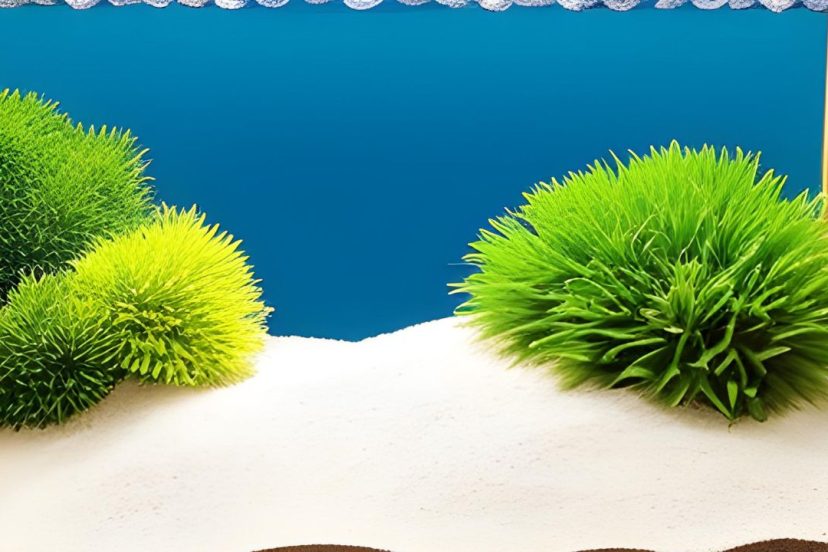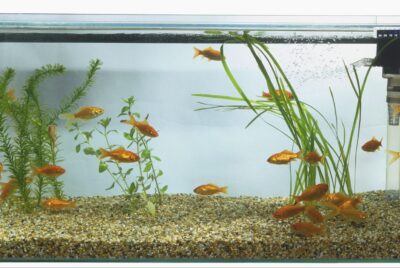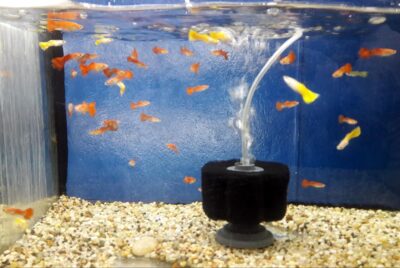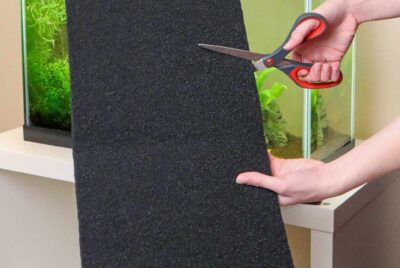How to Rinse Aquarium Sand : Tips & Tricks
If you’re wondering how to rinse aquarium sand, as a fervent fish hobbyist and aquarium enthusiast, you understand that setting up and maintaining a stunning aquarium can be an exhilarating yet demanding task. An indispensable aspect of establishing a fish tank, whether it’s extensive or compact, involves using a substrate. Sand in particular creates an authentic habitat for fish and other marine organisms.
However, using sand without properly rinsing it can have dire consequences on the aquarium’s inhabitants. In this article, I will provide a comprehensive guide on “how to rinse aquarium sand” using simple and effective methods that any aquarium enthusiast can easily follow.
Introduction
Aquarium sand is essential for fish and aquatic creatures as a substrate. Types include silica, aragonite, crushed coral, and pool filter/play sand. Rinse before use.
Rinsing sand before introducing it to the aquarium is vital because it removes any dirt, dust, and other particles that may be present. If the sand is not well rinsed, these particles could break down and mix with the aquarium water, creating an unhealthy environment for your aquatic creatures.
In this article, I will provide helpful suggestions and reasons for following these necessary steps that will ensure that the sand is clean, healthy and suitable for use in your aquarium.
Types of Aquarium Sand
Before you start to rinse aquarium sand, it is essential to identify which type of sand you are working with. Each type of sand requires specific preparation and rinsing methods.
Silica sand is best used in freshwater aquariums as it is low in cost and easy to find. It is also commonly used for aquarium maintenance, such as cleaning algae.
Aragonite sand is ideal for saltwater aquariums as it helps buffer pH levels. It is made from crushed shells, which give it a white color that reflects light well.
Crushed coral sand is an excellent natural buffer for higher pH levels. It also provides a suitable substrate for various fish, particularly those that need stable and natural conditions.
Play sand and pool filter sand are made of crushed quartz, making them ideal for aquariums with rooted plants. They are easy to find and won’t break the bank.
Tools and Materials Needed for Rinsing Aquarium Sand
To properly rinse your aquarium sand, you’ll require a few essential tools and materials. These include:
- Buckets
- Water hose or showerhead
- Soft-bristled brush or towel
Preparation for Rinsing Aquarium Sand
Before starting the rinsing process, it is crucial to take measures that will ensure the sand’s safety and success in the aquarium. One of these measures is soaking the sand overnight, which helps to remove any unwanted particles and impurities.
Setting up the rinsing area is equally vital. Ensure that the rinsing area is free of any debris or dirt that could contaminate the sand. You can lay a clean towel or rug for a more comfortable experience.
Steps to Rinse Aquarium Sand
With the materials ready and the preparation complete, it’s time to start the rinsing process:
- Pour sand into a bucket: Take a bucket and fill it with sand until it’s about a quarter full.
- Rinsing sand with water: Turn the water hose or showerhead on low pressure and direct the flow of water on the sand to prevent the sand from splashing.
- Repeat process until water runs clear: Continue washing the sand until the water runs clear. Once the water is clear, it means the sand is clean and ready to use.
- Clean the bucket and rinse water: Rinse the bucket and any other tools used in the process to ensure that the sand remains clean.
Drying Aquarium Sand
After the aquarium sand rinsing process, it is time to dry the sand. You can do this in several different ways: spreading the sand on a clean towel or rug, baking the sand in the oven, or spreading them on a baking sheet and leaving it out in the sun. It is vital to dry the sand entirely before using it. The drying process usually takes a day or two, depending on the method used.
Conclusion
By following this comprehensive guide on “how to rinse aquarium sand,” you can successfully create a healthy and safe aquarium environment for your aquatic friends. Remember to take your time and not rush the process, ensuring that you rinse the sand adequately before adding it to your tank. Also, ensure that the sand is entirely dry before adding it to the aquarium, as damp sand can create a harmful environment for your fish.
Frequently Asked Questions
Why is it essential to rinse aquarium sand?
Rinsing aquarium sand removes any dirt, dust, or particles present that could contaminate the aquarium water, creating an unhealthy environment for fish and other aquatic creatures.
Can I use plain beach sand for my aquarium?
No, beach sand is not recommended for aquarium use as it can contain harmful bacteria and parasites that can be harmful to the aquarium’s inhabitants.
How long does the rinsing process take?
The rinsing process can take several hours, depending on the amount of sand being rinsed.
Can I reuse old aquarium sand?
Yes, you can reuse old aquarium sand, but it is essential to rinse it adequately to remove any dirt, debris, or dead bacteria that could harm.
Can I use vinegar to rinse aquarium sand?
No, vinegar is not recommended for rinsing aquarium sand as it can harsh and toxic to aquatic life. It is best to use clean water that is free of chemicals and other toxins.




